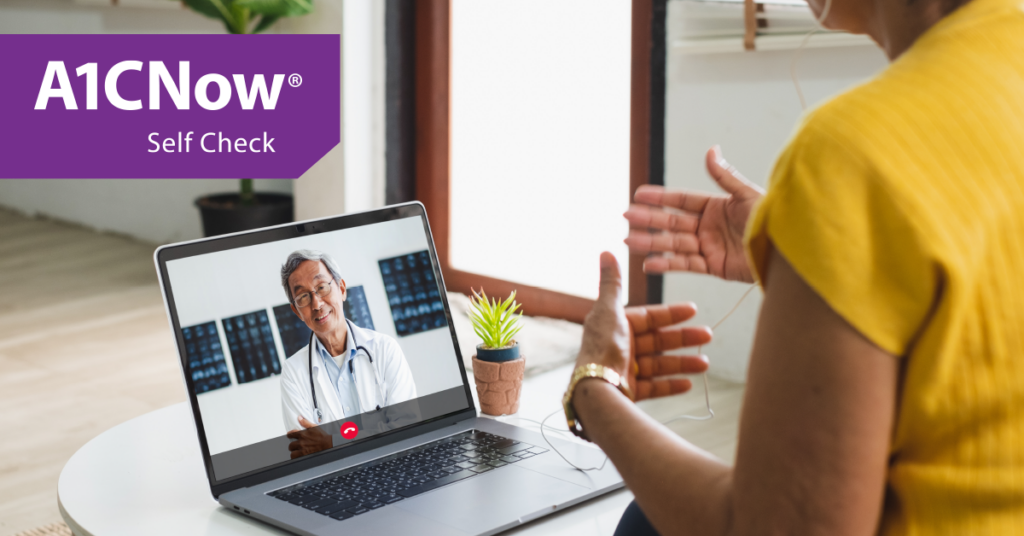
For many people with diabetes, regular, personal interaction with healthcare providers is key to helping them successfully manage their disease. The opportunity to ask questions, share concerns, and receive support and encouragement from their providers is highly valued by many patients, and can have a real impact on their health outcomes. 1
But what happens when a global pandemic forces most face-to-face appointments to go virtual? And what happens to the quality of virtual appointments in cases where providers need lab quality results to confidently assess a patient’s condition?
Integrating self-testing options with a telemedicine program may be just the thing patients and providers need to enjoy the flexibility of telemedicine without sacrificing the quality of care.
Bridging the Telemedicine Lab Test Gap
Although virtual appointments have increased by 35% since COVID-19 took hold, there are many patients and providers who are reluctant to try virtual appointments due in part to a perceived decrease in the quality of care when it is conducted virtually.2One reason for that perception is that the kinds of lab tests healthcare providers would typically use to assess the efficacy of their patient’s treatment cannot be performed virtually.2 Since the recent switch to virtual appointments was so sudden, many telemedicine programs have not yet caught up to the world of at-home, self-collection blood tests available on the market today, forcing providers and patients to do without the information they usually rely on to provide the highest quality care.
Patients and providers don’t have to miss out on the valuable insights lab tests can provide when they switch to virtual appointments. For example, people with diabetes can perform A1C tests at home with the A1CNow® Self Check test system. It is easy to use and has been shown to produce results that are as accurate as those from traditional laboratories.3 That means that both patients and providers can trust that they are receiving the same quality results they would likely receive from an office-run or lab-run test.


